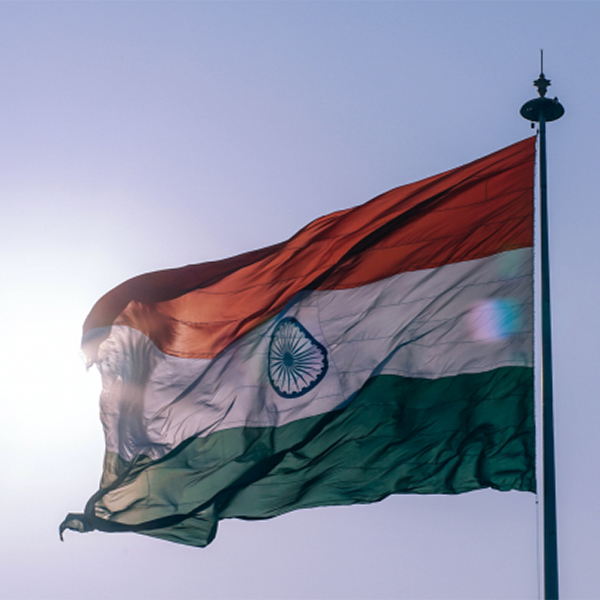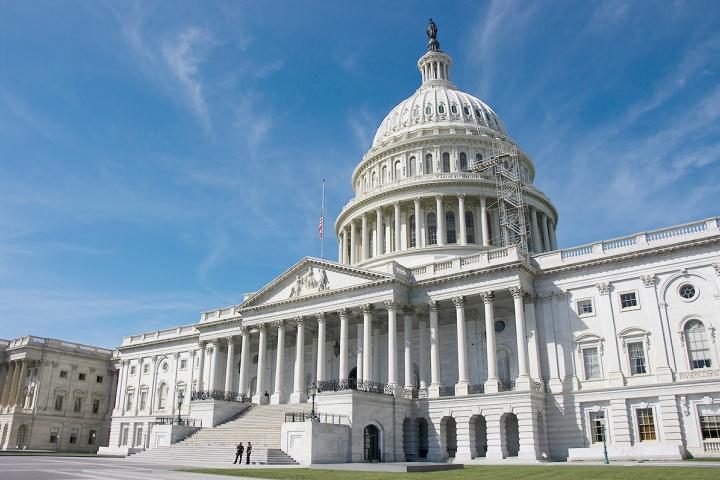
Last month, a small group of Members of Congress, led by Representatives Ilhan Omar (D-MN) and Rashida Tlaib (D-MI), introduced a resolution condemning supposed religious freedom violations in India, H.Res. 1196. It also called on the US State Department to designate India as a Country of Particular Concern under the International Religious Freedom Act of 1998, which carries with it the ability to impose sanctions.
Ultimately H.Res 1196 won’t impact our robust relationship with the world’s largest democracy; however the inaccurate and inflammatory narratives about India that it presents do have negative ramifications for how Hindu Americans are perceived, especially in an environment of growing Hinduphobia.
Secularism and Inter-Religious Relations
To state it up front, India is by no means a perfect country and has its share of problems, including sporadic incidents of inter-religious violence. But to add India to a category reserved for the world’s worst religious freedom violators – Burma, China, North Korea, Eritrea, Iran, Nigeria, Pakistan, Saudi Arabia, Tajikistan, and Turkmenistan – is misguided and counterproductive.
Contrary to the overarching portrayal of India as an egregious religious freedom violator in the resolution (and contrary to the US Commission on International Religious Freedom report the resolution quotes from), an extensive Pew Research Center survey in India from 2021 found that more than 80% of every religious community in India say they are free to practice their religion. And the difference between Hindus and Muslims on this was just two percentage points.
India is not systematically moving towards an “ideological vision of a Hindu state” as the resolution claims. Rather India is a unique secular democracy that provides unprecedented religious accommodations to its religious minority populace. This includes separate religious personal laws for Muslims and Christians, extensive religious subsidies, quotas, and programs, as well as complete autonomy over religious institutions and places of worship, free from government intrusion. The latter a right that Hindus themselves do not enjoy in all Indian states.
Similarly, while the resolution presents religious violence as systematic and one sided, with Hindus as the sole perpetrators and religious minorities as the victims, the causes of inter- and intra-community religious violence in India are complex and the culprits varied.
In fact, just a few weeks ago, Kanhaiya Lal, a Hindu tailor in Rajasthan was beheaded by radical Islamists for a social media post supporting a ruling BJP party spokeswoman, Nurpur Sharma, who made comments about the Prophet Mohammed on national television. Notably, Ms. Sharma, who has faced open rape and death threats, was not shielded by the government, but rather suspended from the BJP and is now facing criminal charges for criticizing Islam.
In addition, the resolution makes no mention of the recent targeted killings of Hindus, Sikhs, and Muslims by Islamist militants in Kashmir in 2021 and 2022 or the over 350,000 Kashmiri Hindus who were ethnically cleansed from their homes and are still unable to return to the Kashmir Valley.
Further complicating matters, it appears that at least some of the claims about religious violence in India are reportedly based in part on misinformation campaigns.
A groundbreaking new report on Hinduphobia from Rutgers University, for instance, found “evidence that Iranian trolls disseminated anti-Hindu stereotypes to inflame division as part of a covert influence campaign to accuse Hindus of perpetrating a genocide against minorities in India.”
Religious Persecuted Refugees and Humanitarian Laws
One of the most glaring inaccuracies in the resolution deals with the Citizenship Amendment Act (CAA).
H.Res. 1196 asserts that the CAA and the National Registry of Citizens pose a risk for Indian Muslims, “including the possibility of rendering millions stateless or subject to indefinite detention.” Nothing could be further from the truth.
In fact, there is no National Registry of Citizens at the national level in India. No such policy has been implemented in any manner by the current government.
In terms of the CAA, in December 2019, the Indian Parliament overwhelmingly passed the CAA to provide long-overdue humanitarian relief to vulnerable refugee communities who fled religious persecution in Bangladesh, Afghanistan, and Pakistan. It provides an amnesty for religiously persecuted refugees who entered India prior to 2015 by reducing the residency requirement for naturalization from 11 to 5 years.
The provisions of the bill are clear and explicit, and in no way negatively impact nor even create the possibility of rendering Muslim citizens of India stateless. The bill was merely an attempt to provide some relief and humanitarian assistance to the hundreds of thousands of refugees from Bangladesh, Afghanistan, and Pakistan struggling on the margins of Indian society. It is not different in intent from the US’s own Lautenberg-Specter Amendment, which helps specific religious refugees from the former Soviet Union and Iran. Moreover, other refugees, including Muslims, can still immigrate to India through normal channels and naturalization requirements for immigrants not fleeing religious persecution remain unchanged.
Notably, despite being passed the CAA has yet to be implemented.
Agricultural Reforms and the Farmers’ Protests
The resolution’s discussion of the proposed farmer’s bills, which sought to reform archaic agricultural laws and create an open market for India’s farmers across the country, is similarly off the mark.
First, the protests were neither widespread nor diverse. They were confined mainly to farmers and market commission agents from Punjab with small pockets of farmers from Haryana and western Uttar Pradesh. In other words, the vast majority of India’s farmers actually supported the agricultural reforms proposed in the bills.
Moreover, the government held several rounds of negotiations with farmers’ representatives and made several concessions, finally withdrawing the bills late last year. It also allowed protestors to occupy and block major roadways for months on end, causing significant hardship to millions of Indians, including laborers just trying to get to work and children traveling to school.
In addition, a segment of protestors prominently displayed flags and posters glorifying the Khalistan terrorist movement, which brutally killed thousands of innocent Hindus and Sikhs throughout the 1980s and 1990s in Punjab, in its efforts to create a separate theocratic Sikh state. These protestors also instigated riots in Delhi and attacked police, while storming the Red Fort in New Delhi on India’s Republic Day on January 26, 2021, hoisting a Sikh religious flag in a scene reminiscent of the storming of the Capitol Building in Washington, DC.
The Path Forward
India is the world’s largest secular democracy with a long history and a complex polity. It has been a stabilizing force in the region and has invested billions of dollars in neighboring economies and the rebuilding of Afghanistan.
Its immediate neighborhood, however, has been highly volatile with the prevalence of both overt military conflict and asymmetric warfare destabilizing the region. Similarly, China has increasingly attempted to exert its economic and military influence in South Asia in recent years, at times leading to territorial disputes with India.
Given this context, it’s difficult to fathom what the purpose of H.Res. 1196 actually is.
More importantly, the content of the resolution itself is light on facts and heavy on rhetoric. It’s devoid from ground realities and the complex nature of inter-religious relations in India, and instead demonizes Hindus as violent and intolerant.
Accordingly, instead of pursuing such resolutions, policy makers should focus on continuing to strengthen relations with India, the only consistent secular democracy in South Asia, in order to bring greater stability to the region.
Dialogue and bilateral relations with India should focus on trade ties, regional security issues, and global strategic partnerships. Any discussions on human rights and religious freedom should be grounded in facts and reality, rather than hyperbole.








































